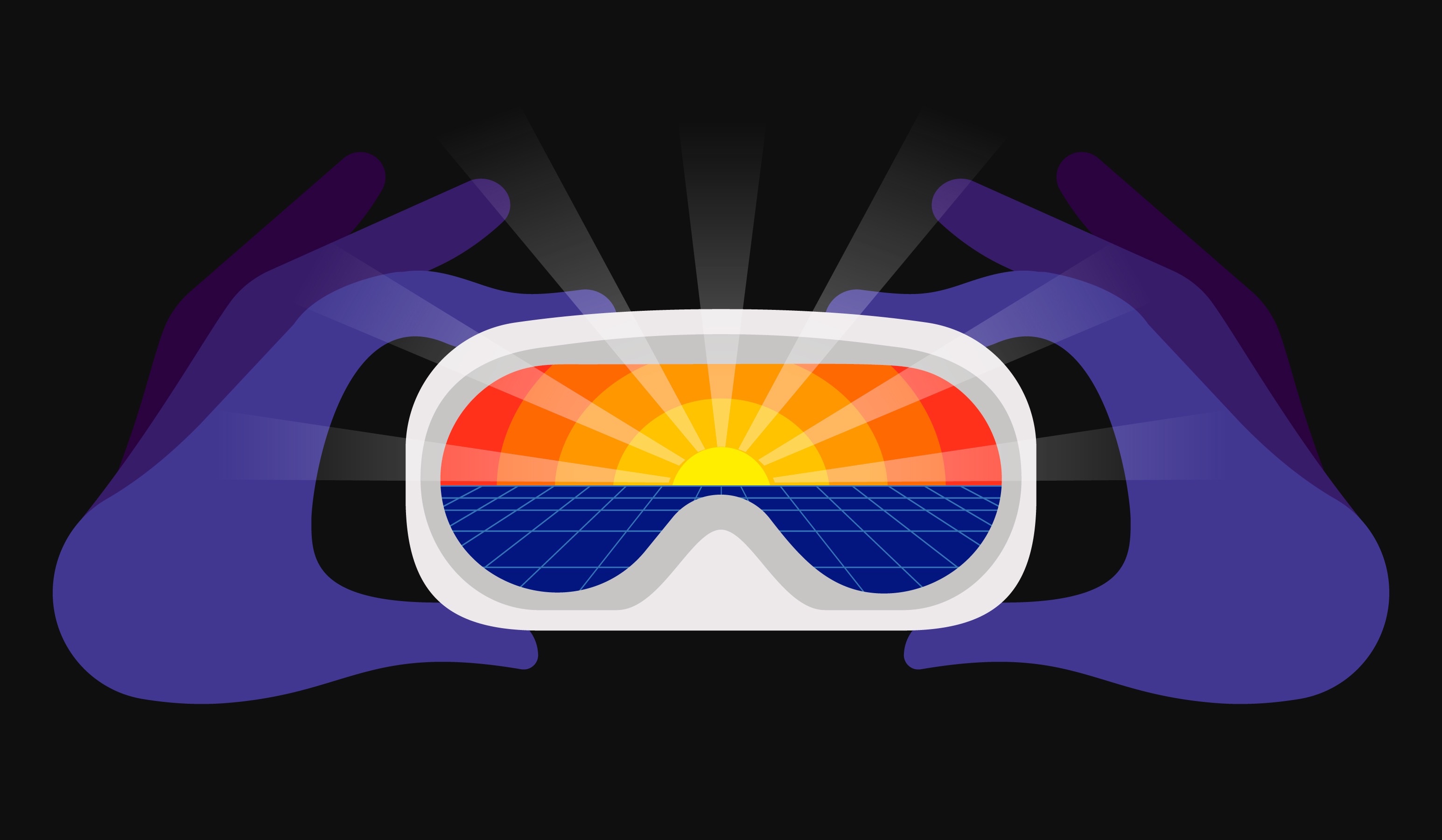Apple’s Vision Pro: A Marketer’s Dream or a Far-Fetched Reality?
Apple’s Vision Pro: A Marketer’s Dream or Just Another Tech Mirage?
In classic “Apple phenomenon” style, the tech giant has managed to whip marketers into a frenzy over what seems to be an experimental product with a jaw-dropping price tag of $3,500. They know the technology is far too nascent and its limitations too apparent to get carried away, but they are captivated by its potential.
“The Vision Pro unlocks a new dimension of interactivity that is not possible in existing AR solutions and if brands and marketers are looking to stand out, they should consider how to use this interactivity to engage users, perhaps with immersive product demos or interactive ads,” said former Apple executive Matt Robison, who now runs his own marketing agency Robotproof.
The new headset is unlike anything else on the market. It is equipped with a 4K display for each eye, 12 cameras, five sensors, and is being powered by Apple’s M2 chip and a new chip named R1. This computing power is rare in headsets. The same goes for the headset’s control system, called visionOS. It operates purely through eyes, hands and voice.
It adds a whole new meaning to the term “second screen.” Inside the headset, a marketer could potentially engage with their audiences simultaneously through content, interactive experiences and ads. And there could be opportunities beyond those too. The headset also connects with existing Apple hardware and apps. This could create opportunities for marketing in the headset to ramp up from ad campaigns in other parts of the Apple ecosystem.
“The metaverse has struggled to reach mainstream adoption, largely due to the clunky user experience,” said Gökçe Güven, CEO of Web3 brand loyalty and engagement provider Kalder. “Early adopters were put off by the friction, which slowed down growth and limited the visibility of the strides metaverse developers have made to improve user experience.”
Apple’s vision will play out over years, of course. And yet the months leading up to the release of the Vision Pro will be telling. This will be the time that developers use to build their own apps for the headset, and it will be those creations that play a big part in demonstrating the intrinsic value of it.
“The good news for Apple is that developers are very enthusiastic about building for the platform, even though they don’t know anything about it,” said Dominik Angerer, CEO of CMS provider Storyblok. “The level of support from developers will ultimately make or break the product. If they build experiences that draw people in and keep them coming back, marketers will naturally follow their lead with the same level of enthusiasm.”
None of this is to say marketers are oblivious to the more nuanced issues relating to tech like this. Take privacy, for example. Marketers are necessarily renowned for being privacy hawks but they do know people deeply care about it. And while Apple’s on-brand promise not to track someone’s eyes may have been a relief to many of those marketers, there’s so much they’re not able to fully comprehend yet given the ad experience on it is nonexistent. Time will tell whether that will change.
